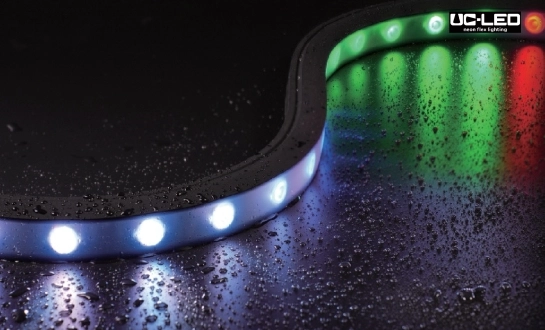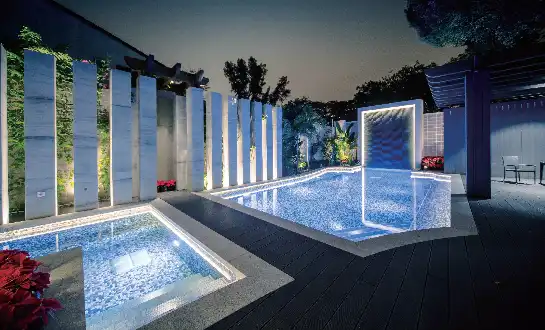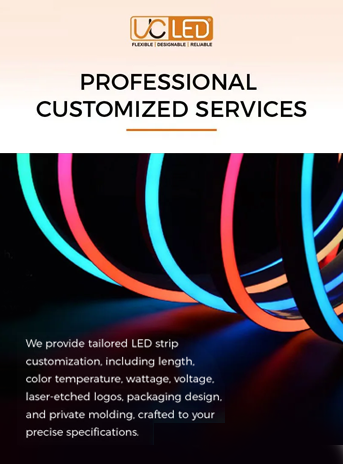How Dynamic Architectural Illumination Transforms Cityscapes?
Dynamic architectural illumination has revolutionized the way we see and involve urban situations, changing cityscapes into captivating nighttime exhibitions. By saddling progressive LED technology and inventive lighting plans, buildings and structures have gotten to be vibrant canvases that breathe life into once-static skylines. This combination of craftsmanship, innovation, and design not only improves the stylish offerings of cities but also cultivates a sense of character, advances tourism, and makes immersive encounters for inhabitants and guests alike. The capacity to alter colors, designs, and force permits for versatile shows that can reflect seasons, occasions, or temperaments, turning urban scenes into ever-evolving works of craftsmanship.
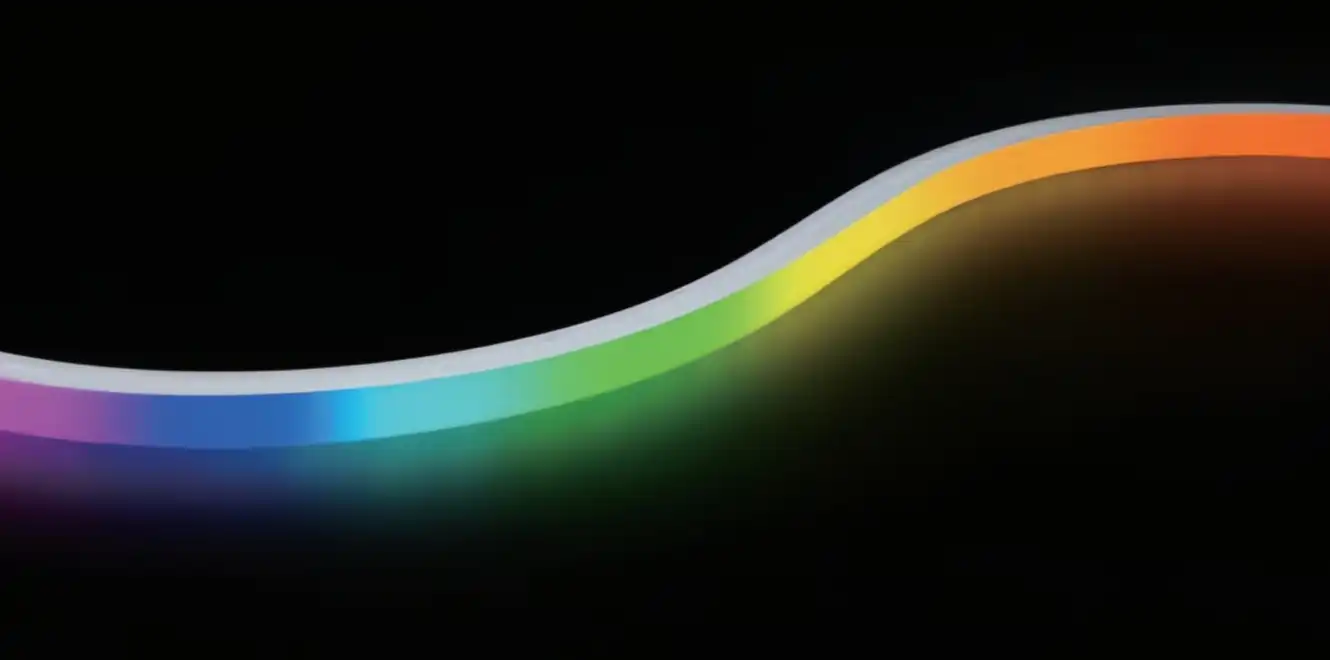
The Evolution of Architectural Lighting: From Functional to Phenomenal
Architectural illumination has come a long way from its humble beginnings as an absolutely useful need. In the early days of urban improvement, lighting served the essential purpose of guaranteeing security and perceivability in open spaces. Be that as it may, as innovation progressed and urban plan rationalities advanced, the potential for lighting to upgrade the visual request of buildings became progressively clear.
The advent of electric lighting in the late 19th century marked a critical turning point in engineering light. Suddenly, buildings might be showcased in ways never before conceivable, with their veneers showered in fake light long after nightfall. This newfound capability not only amplified the convenience of open spaces but also started to reshape the nighttime character of cities.
The Rise of Iconic Illuminated Landmarks
As the 20th century progressed, architects and lighting architects started to investigate more imaginative applications of light. Iconic structures like the Empire State Building in New York City and the Eiffel Tower in Paris got to be pioneers in utilizing lighting as a means of structural expression. These points of interest not only stood out in their respective skylines but also got to be images of their cities, recognized worldwide through their particular light.
The introduction of colored lighting and, later, programmable LED systems opened up a whole new realm of possibilities. Suddenly, buildings could change their appearance at will, responding to events, seasons, or even real-time data. This dynamic approach to architectural lighting transformed static structures into living, breathing entities within the urban fabric.
The Technological Revolution in Lighting Design
The rapid advancement of LED technology has been a game-changer in the field of architectural illumination. LEDs offer numerous advantages over traditional lighting sources, including energy efficiency, longevity, and unparalleled control over color and intensity. These characteristics have enabled lighting designers to push the boundaries of what's possible in urban lighting schemes.
Modern architectural lighting systems often incorporate sophisticated control mechanisms, allowing for intricate programming and real-time adjustments. This level of control means that buildings can now respond to their environment, changing their appearance based on factors such as time of day, weather conditions, or even social media interactions.
The Impact of Dynamic Illumination on Urban Life and Culture
The transformation of cityscapes through dynamic architectural illumination goes far beyond mere aesthetics. This innovative approach to urban lighting has profound impacts on various aspects of city life, from economic development to social interaction and cultural identity.
Boosting Tourism and Local Economies
Cities with striking illuminated architecture often become major tourist attractions in their own right. The allure of a beautifully lit skyline can draw visitors from around the world, boosting local economies through increased tourism revenue. Many cities now host light festivals or illumination events, which not only showcase their architectural assets but also provide a unique platform for artists and designers to create temporary installations that further enhance the urban experience.
These illumination-focused events can transform traditionally quiet nighttime hours into periods of vibrant activity, extending the economic benefits of tourism beyond daylight hours. Restaurants, bars, and other nightlife venues often see increased patronage as visitors explore illuminated cityscapes, contributing to a more robust 24-hour economy.
Fostering Community Identity and Pride
Dynamic architectural illumination can play a crucial role in shaping a city's identity and fostering a sense of community pride. When iconic structures are beautifully lit, they become powerful symbols that residents can rally around and identify with. This shared visual language can strengthen the bonds within a community and create a collective sense of ownership over the urban environment.
Moreover, the ability to adapt illumination schemes to reflect local events, holidays, or causes allows cities to visually participate in the life of their communities. Whether it's lighting up in the colors of a local sports team after a big win or displaying solidarity with global movements, these illuminated gestures can create powerful moments of unity and shared experience.
Challenges and Future Directions in Architectural Illumination
While the benefits of dynamic architectural illumination are numerous, this evolving field also faces several challenges that must be addressed to ensure its sustainable and responsible development.
Balancing Aesthetics with Environmental Concerns
One of the primary challenges in architectural illumination is striking a balance between creating visually stunning displays and minimizing light pollution. Excessive or poorly designed lighting can have negative impacts on wildlife, disrupt human sleep patterns, and contribute to energy waste. As the field continues to evolve, there is a growing emphasis on developing lighting solutions that are both aesthetically pleasing and environmentally responsible.
Innovations in lighting technology, such as adaptive systems that adjust brightness based on ambient light levels or time of day, are helping to address these concerns. Additionally, more stringent regulations and guidelines for urban lighting are being implemented in many cities to ensure that illumination enhances rather than detracts from the urban environment.
Integrating Smart City Technologies
The future of architectural illumination lies in its integration with broader smart city initiatives. As urban areas become increasingly connected and data-driven, lighting systems have the potential to play a crucial role in this digital transformation. Imagine streetlights that not only illuminate pathways but also collect data on air quality, traffic patterns, or noise levels.
This integration of lighting with other smart city technologies opens up exciting possibilities for creating more responsive and adaptive urban environments. Buildings could potentially change their illumination based on real-time data, reflecting everything from traffic conditions to social media sentiment. However, this level of integration also raises important questions about privacy and data security that will need to be carefully addressed.
Democratizing Lighting Design
As lighting technology becomes more accessible and user-friendly, there's a growing trend towards democratizing architectural illumination. This could lead to more participatory approaches to urban lighting, where residents have a say in how their city is illuminated or even contribute to temporary lighting installations.
While this democratization offers exciting opportunities for community engagement and creativity, it also presents challenges in terms of maintaining coherence and quality in urban lighting schemes. Finding the right balance between professional design and community input will be crucial in shaping the future of architectural illumination.
Conclusion
Dynamic architectural illumination has emerged as a powerful tool for transforming cityscapes, creating immersive urban experiences, and fostering a sense of community identity. As technology continues to advance and our understanding of the impact of lighting on urban environments deepens, we can expect to see even more innovative and responsible approaches to illuminating our cities.
The future of architectural illumination lies in striking a delicate balance between aesthetic appeal, environmental responsibility, and technological integration. By addressing the challenges and embracing the opportunities presented by this evolving field, we can create urban environments that are not only visually stunning but also sustainable, responsive, and inclusive.
As we look towards this exciting future, it's clear that the role of architectural illumination in shaping our cities will only continue to grow. For those interested in learning more about cutting-edge lighting solutions and how they can transform urban spaces, please contact us at Linda@uc-led.com. Together, we can illuminate the path towards more vibrant, sustainable, and engaging cityscapes.
References
1. Smith, J. (2022). The Art of Light: Transforming Urban Landscapes Through Architectural Illumination. Urban Design Quarterly, 45(2), 78-92.
2. Chen, L., & Wang, Y. (2021). Smart Lighting Systems for Dynamic Architectural Illumination: A Comprehensive Review. Journal of Architectural Engineering, 27(3), 205-220.
3. Patel, R., & Johnson, K. (2023). The Impact of Dynamic Lighting on City Branding and Tourism. International Journal of Tourism Research, 25(4), 612-628.
4. Anderson, M., & Lee, S. (2020). Balancing Aesthetics and Sustainability in Urban Lighting Design. Landscape and Urban Planning, 202, 103856.
5. Torres, E., & Garcia, C. (2022). Citizen Participation in Urban Lighting: Challenges and Opportunities. Cities, 120, 103438.
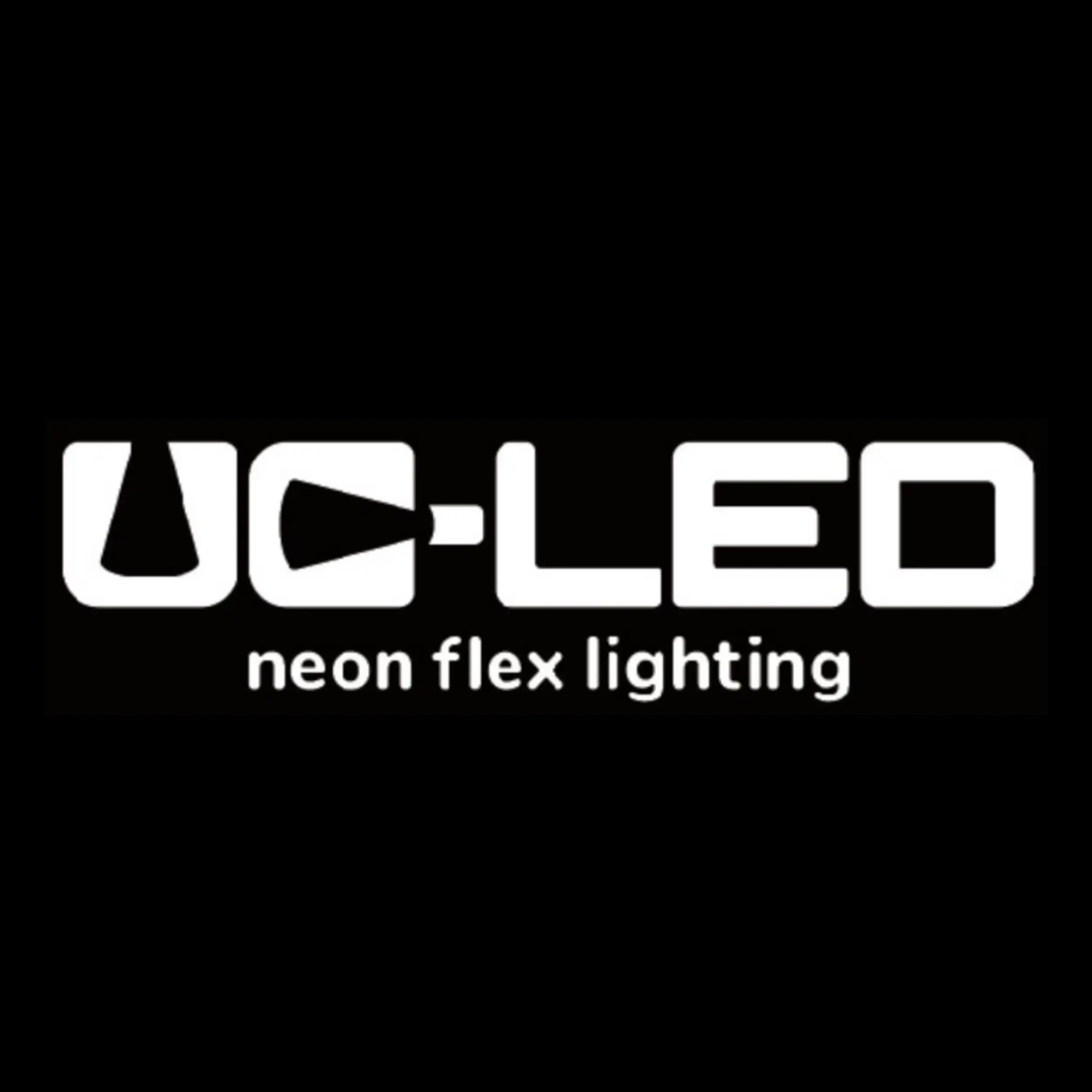
Looking for high-quality LED flexible strips? Click for a free quote in 24 hours!

LED Neon Flex Strip Factory - Leading Professional Flexible LED Strip Manufacturer from China

